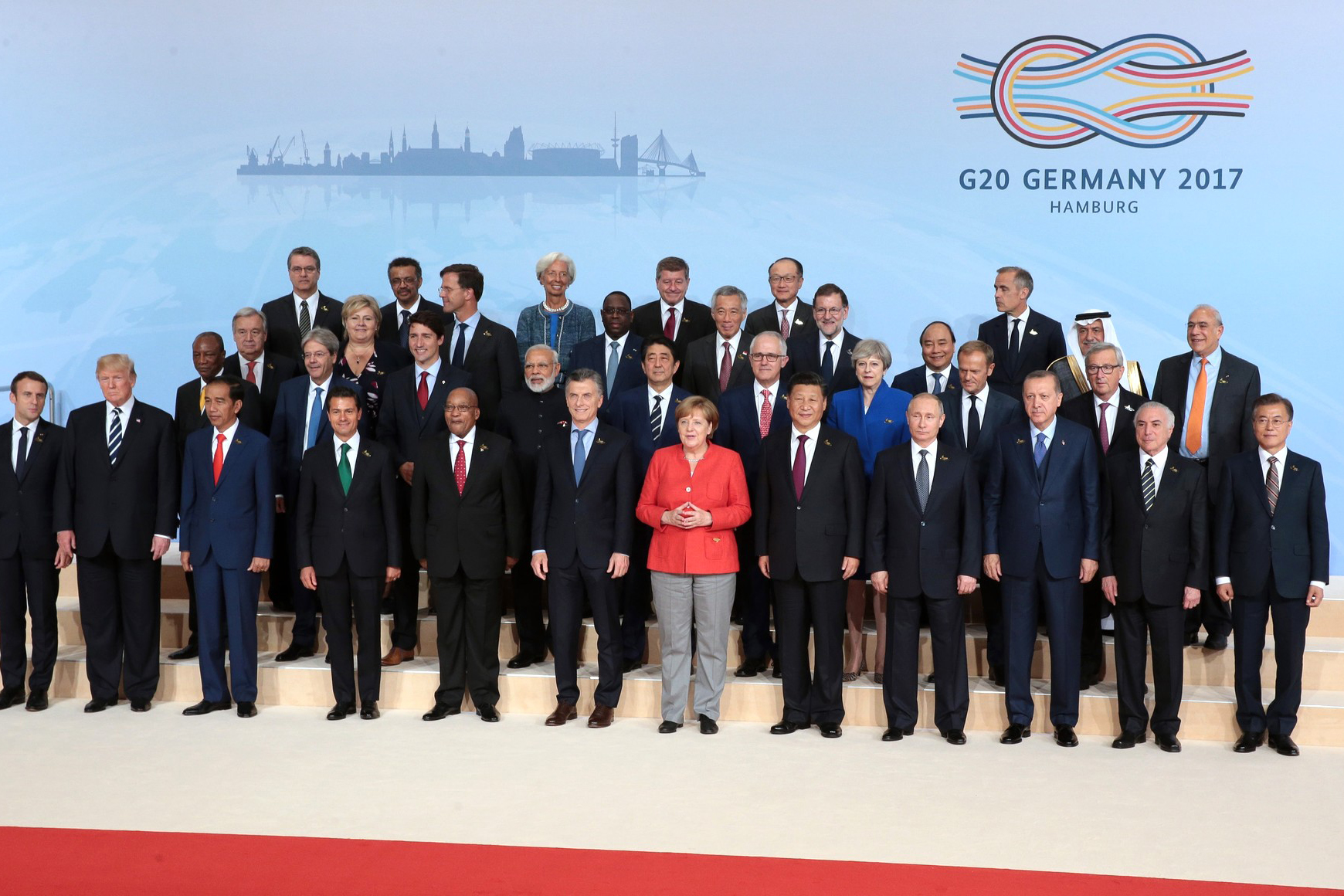Youngdae Kim, a South Korean pop music critic, examined the global phenomenon of K-culture, and how it reflects modern Korean society in his lecture, “Building and Unbuilding Contemporary Korea Through Popular Culture” on April 25 in Portland State’s Smith Memorial Student Union.
Kim is also a Ph.D. candidate at the University of Washington in musicology and ethnomusicology, and professor of contemporary Korean culture at Lewis and Clark University.
The lecture followed the cultural and societal uprising of South Korea during the later 20th century, particularly starting in the 1980s. Kim emphasized 1988 as a major turning point in Korean history.
According to Kim, 1988 marked the year South Korea graduated from being one of the world’s poorest nations to being the economic global powerhouse it is today. It was also a significant period in their political system with the stepping down of a military dictator, and the emergence of a new democratically elected president.
1988 was also the year of the Seoul Summer Olympics, which was a turning point for the country, and the event was a way for the government to showcase their advancements after the Korean War.
Kim introduced the audience to a very classically ’80s synth tune with a sports montage music video. The song was the official Olympic song for 1988 called “Hand in Hand” by Koreana, which sold over 20 million copies worldwide. This was Korea’s first major venture into global pop culture. Kim believes it effectively captures the spirit of Korea during the 1980s.
The K’s phenomena claim to fame
So how did K-pop and K-culture get to where it is today and why has it gained popularity on such a global scale?
Beginning in the ’90s the Korean music industry started to follow the Japanese model of mukokuseki, or non-nationality. Kim explains this obscuring of nationality and culture—and the ambiguity in genre and style—is their main mode of success around the world. K-pop blends and incorporates aspects of hip-hop, dance or electronica, and R&B to create a genre that transcends ethnic and cultural divides.
Kim exemplified mukokuseki to the audience through a music video of he song “Bae Bae” by the very popular boy band Big Bang. The video depicts sets and costumes that have no clear connection with incorporations of American western cowboys, futuristic club settings, and even the members of Big Bang dancing on the moon.
K-pop’s future
But what does this all mean for the country of South Korea, their presence as a nation and their future? How is their pop culture relevant to their advancements as a nation?
Kim pointed out his own experience growing up in Korea during the ’80s as opposed to the new generation of Koreans as an example. When Kim was young, many of his idols were American, such as MC Hammer, Dr. Dre and Snoop Dogg—as well as New Kids on the Block—but now in Korea, domestic entertainers have become the leading cultural icons. These Korean stars have created a brand of their own that dominates all of east Asia and continues to expand in to the U.S.






Great description about K-pop and K-culture.
Hae-Soo
Interesting article!